10 Best Herbal Creams For Cracked Heels
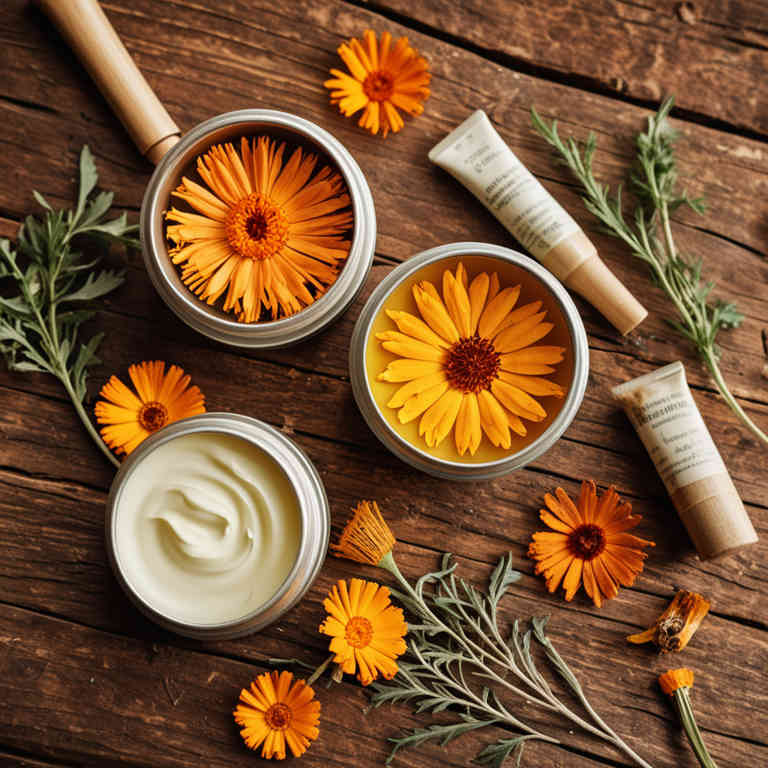
Herbal creams for cracked heels are natural remedies that combine the soothing properties of plant-based ingredients to promote healing and hydration.
These creams often contain essential oils like lavender, calendula, and chamomile, which have anti-inflammatory and antimicrobial benefits. They are particularly effective in softening dead skin and preventing further cracking, making them ideal for individuals with dry, sensitive feet. Many herbal creams also include moisturizing agents such as shea butter or cocoa butter to restore the skin's natural barrier.
Regular application can help reduce discomfort and prevent infections in severe cases of cracked heels.
FREE Herb Drying Checklist
How to make sure every batch retains maximum flavor, color, and aroma without the risk of mold or over-drying. Eliminate guesswork and trial-and-error, making herb drying faster, easier, and more efficient every time.
Table of Contents
1. Aloe barbadensis
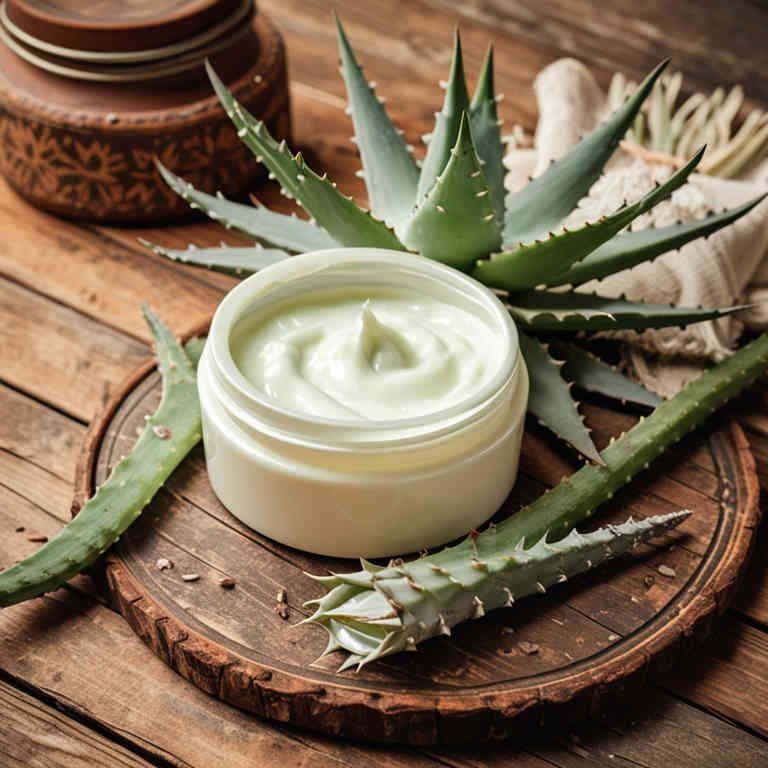
Aloe barbadensis, commonly known as aloe vera, is a popular natural ingredient used in herbal creams for cracked heels due to its soothing and moisturizing properties.
These creams often contain aloe vera gel, which helps to hydrate and soften the skin, promoting the healing of dry, cracked areas. The anti-inflammatory and antimicrobial properties of aloe vera can reduce redness and prevent infections in cracked heels. Regular application of aloe-based creams can improve skin texture and provide long-lasting relief from discomfort.
However, it is important to choose a high-quality product with pure aloe vera to ensure effectiveness and avoid irritants.
2. Calendula officinalis
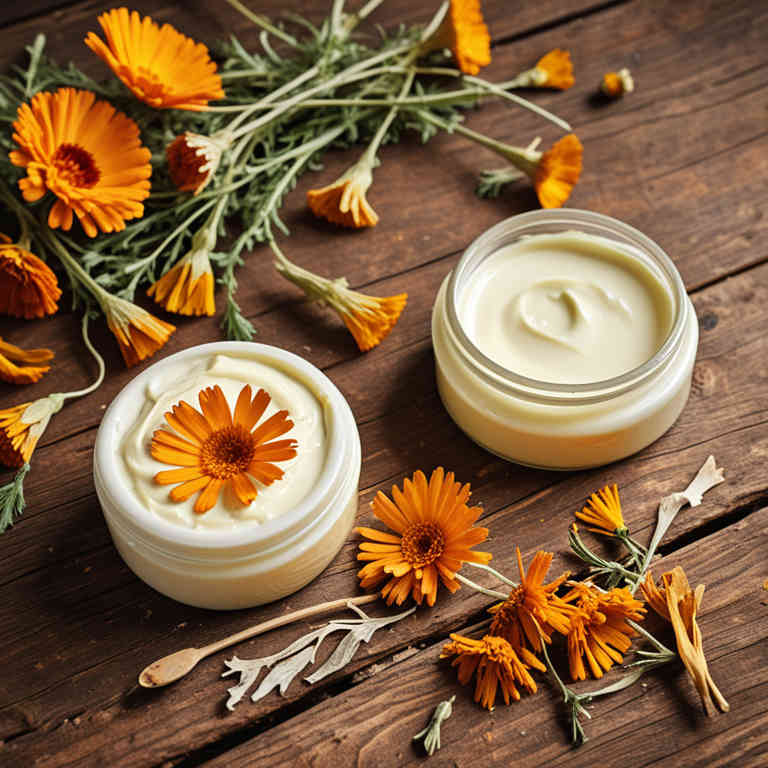
Calendula officinalis, also known as pot marigold, is a popular herbal ingredient known for its soothing and anti-inflammatory properties, making it an effective component in creams for cracked heels.
These creams often combine calendula extract with other moisturizing agents like shea butter or beeswax to enhance hydration and repair dry, damaged skin. The anti-microbial and antioxidant benefits of calendula help prevent infection and promote the healing of cracked skin. Regular application of calendula-based creams can soften and smooth rough patches, reducing discomfort and improving the overall appearance of the feet.
Due to its gentle nature, calendula officinalis is suitable for most skin types, including sensitive skin, making it a preferred choice for natural skincare solutions.
3. Zingiber officinale
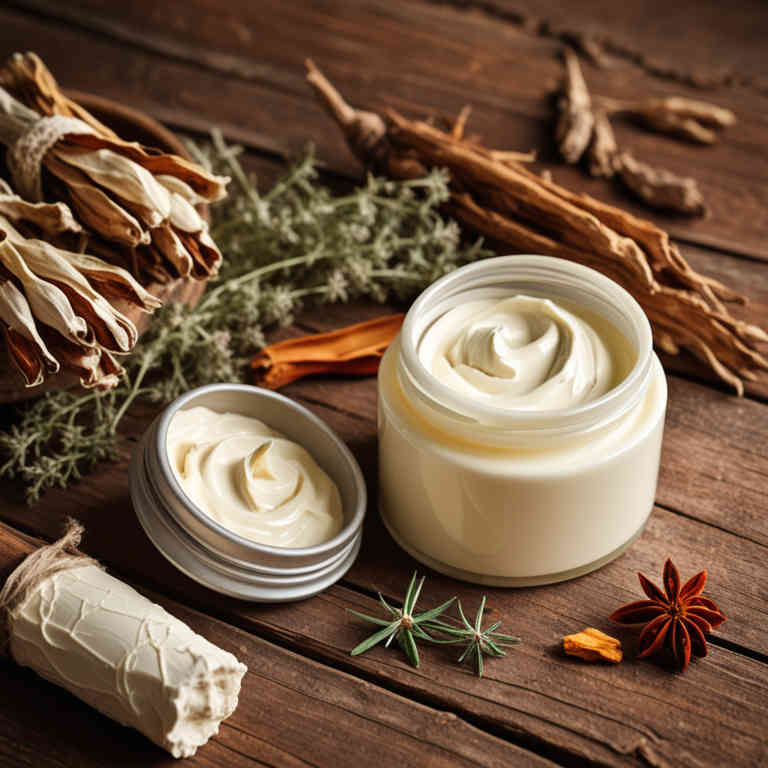
Zingiber officinale, commonly known as ginger, is a popular herbal ingredient used in the formulation of creams designed to treat cracked heels.
These creams leverage the anti-inflammatory and antioxidant properties of ginger to soothe and heal dry, cracked skin on the heels. The active compounds in ginger, such as gingerol and shogaol, help improve circulation and reduce pain associated with severe cracks. Regular application of zingiber officinale herbal creams can promote skin regeneration and prevent further cracking by moisturizing and strengthening the skin's barrier.
While generally safe, individuals with sensitive skin should perform a patch test before using these creams to avoid any adverse reactions.
4. Hypericum perforatum
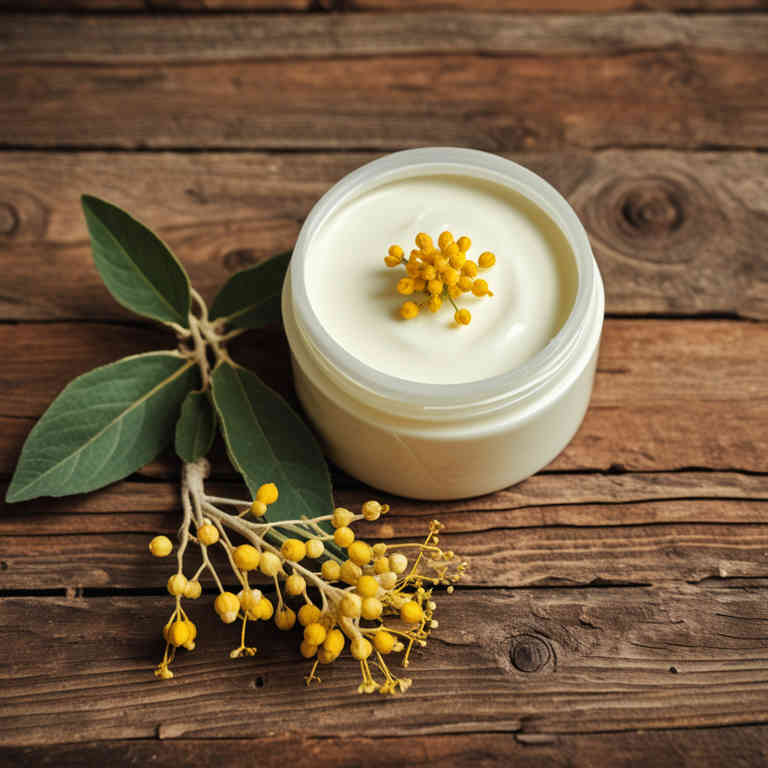
Hypericum perforatum, commonly known as St. John's Wort, is often used in herbal creams for cracked heels due to its anti-inflammatory and soothing properties.
These creams can help reduce pain and irritation associated with dry, cracked skin on the heels. The active compounds in St. John's Wort, such as hyperforin and hypericin, may promote skin healing and improve skin texture. However, it is important to consult a healthcare provider before use, especially if you are on medications, as St. John's Wort can interact with certain drugs.
When applied regularly, these herbal creams can provide relief and support the natural repair process of the skin.
5. Cucurbita pepo
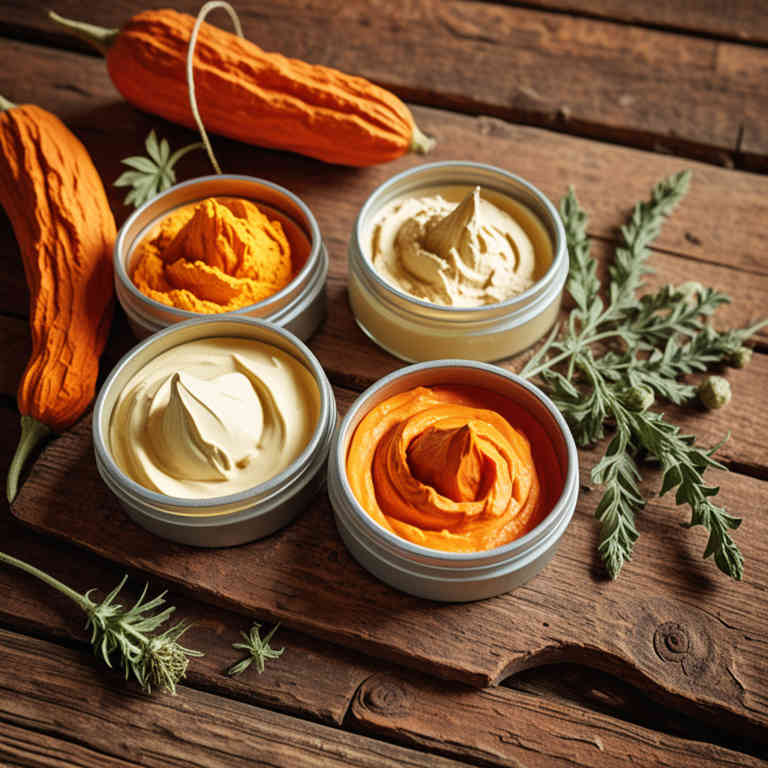
Cucurbita pepo, commonly known as pumpkin, contains natural moisturizing properties that make it a valuable ingredient in herbal creams for cracked heels.
These creams often utilize pumpkin seed oil or pure pumpkin puree to nourish and soften dry, cracked skin. The high levels of vitamins A and E in cucurbita pepo help promote skin healing and reduce inflammation. Regular application of these herbal creams can help restore the skin's natural barrier and prevent further cracking.
As a natural alternative to commercial products, cucurbita pepo-based creams offer a gentle and effective solution for those seeking holistic care for their feet.
6. Rosa canina

Rosa canina, also known as rosehip, is a natural ingredient commonly used in herbal creams for cracked heels due to its high content of essential fatty acids and antioxidants.
These creams help to deeply moisturize and repair the skin, promoting the healing of dry, cracked heels. The anti-inflammatory properties of rosehip oil can reduce redness and irritation, making it suitable for sensitive skin. Regular application of rosa canina herbal creams can improve skin texture and prevent future cracking.
Overall, these creams offer a gentle, effective, and natural solution for maintaining healthy, smooth feet.
7. Urtica dioica
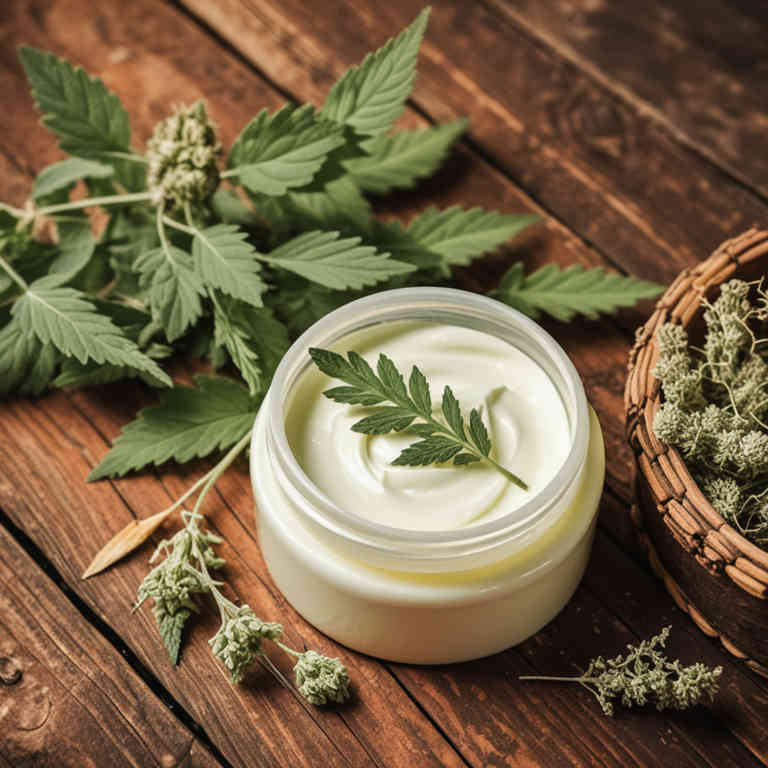
Urtica dioica, commonly known as stinging nettle, is a plant that has been used in traditional medicine for its anti-inflammatory and healing properties.
Herbal creams containing urtica dioica are often formulated to soothe and repair cracked heels by promoting skin regeneration and reducing inflammation. These creams may help to soften rough, dry skin and improve overall foot health. The natural compounds in urtica dioica, such as flavonoids and silica, contribute to its effectiveness in treating skin conditions.
When applied regularly, these herbal creams can provide long-lasting relief and enhance the appearance of cracked heels.
8. Lavandula angustifolia
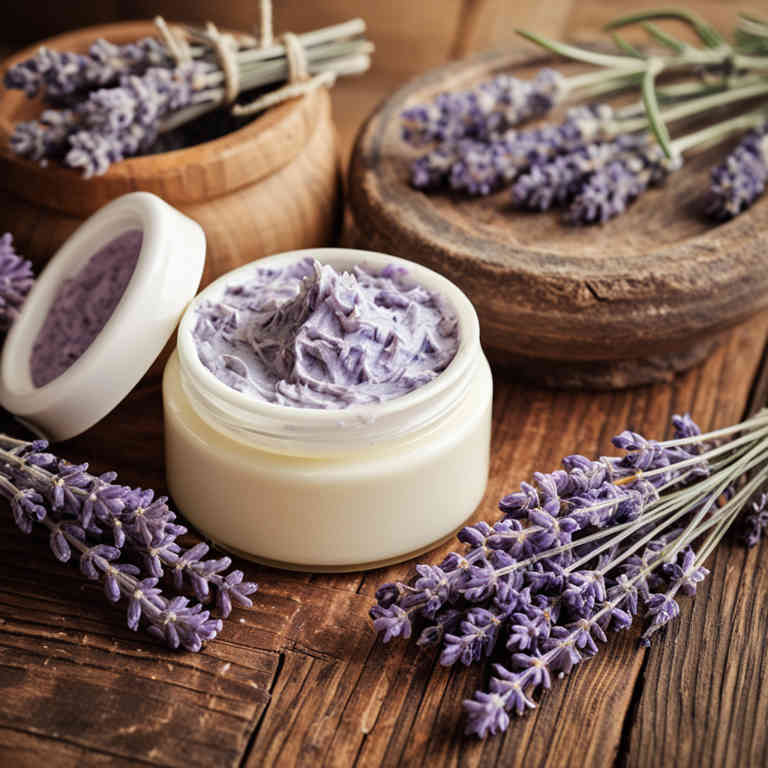
Lavandula angustifolia, commonly known as English lavender, is often incorporated into herbal creams designed to treat cracked heels due to its soothing and healing properties.
These creams typically combine lavender essential oil with moisturizing ingredients like shea butter, cocoa butter, and beeswax to create a rich, nourishing formula. The anti-inflammatory and antimicrobial properties of lavender help reduce redness, irritation, and infection risks associated with cracked skin. Regular application of lavender-infused creams can promote skin regeneration and restore the protective barrier of the heel.
As a natural and gentle alternative to conventional treatments, lavender herbal creams offer a calming and effective solution for soothing and healing cracked heels.
9. Equisetum arvense
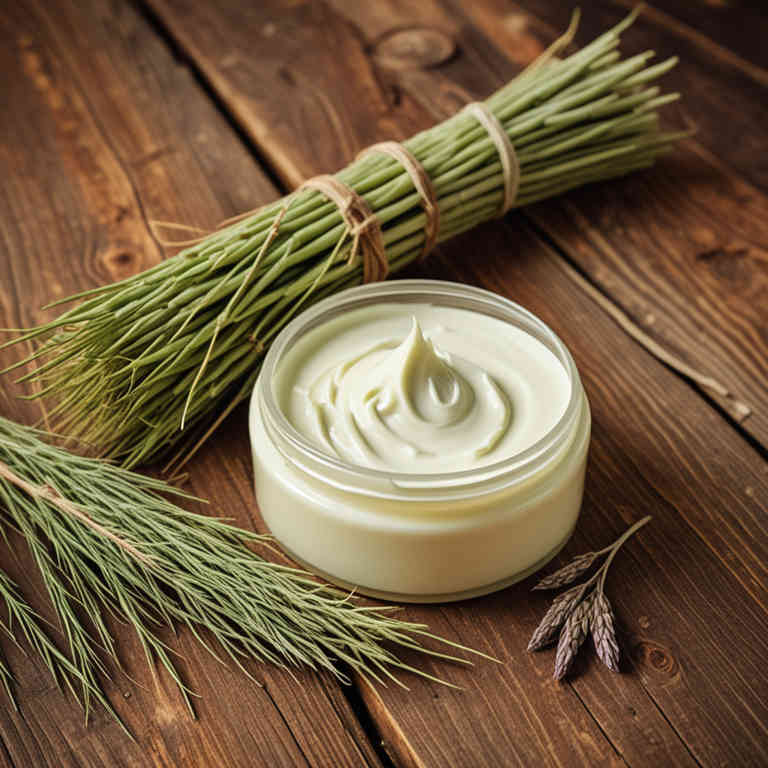
Equisetum arvense, commonly known as horsetail, is a plant rich in silica and other minerals that can help strengthen and repair damaged skin.
Herbal creams containing equisetum arvense are often used to treat cracked heels due to their ability to promote skin regeneration and hydration. These creams can help reduce inflammation and soothe the pain associated with dry, cracked skin. The natural properties of horsetail make it a popular ingredient in natural and organic skincare products.
Regular application of equisetum arvense herbal creams can improve the texture and appearance of cracked heels over time.
10. Ricinus communis
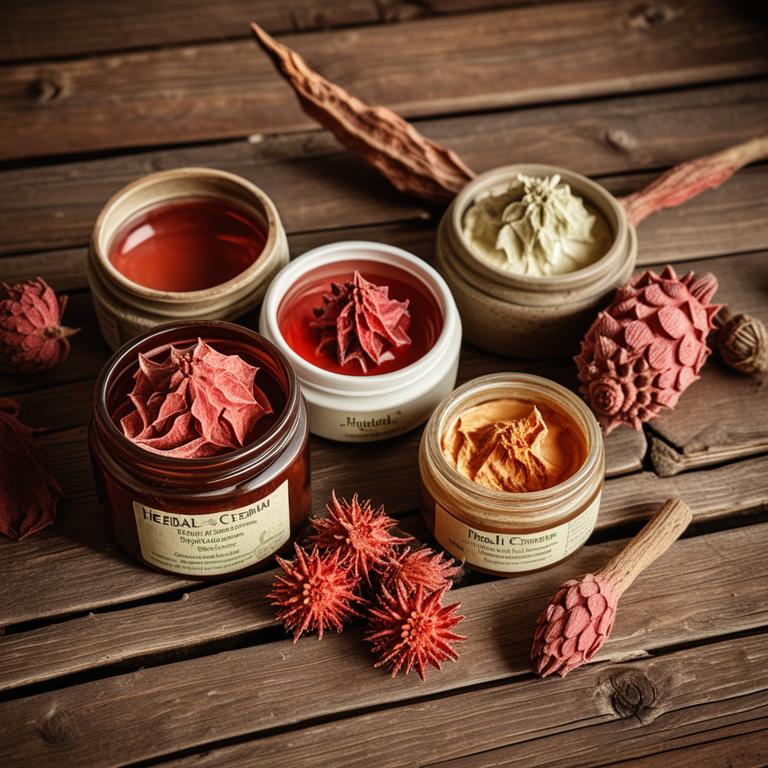
Ricinus communis, commonly known as castor oil plant, is often used in herbal creams for cracked heels due to its moisturizing and healing properties.
The oil derived from its seeds contains ricinoleic acid, which helps to deeply nourish and soften the skin. Herbal creams containing castor oil can promote the repair of dry, cracked skin by improving skin elasticity and reducing inflammation. These natural remedies are popular for their soothing effects and minimal risk of side effects compared to chemical-based treatments.
When applied regularly, castor oil-based creams can help prevent further damage and promote the healing of cracked heels.